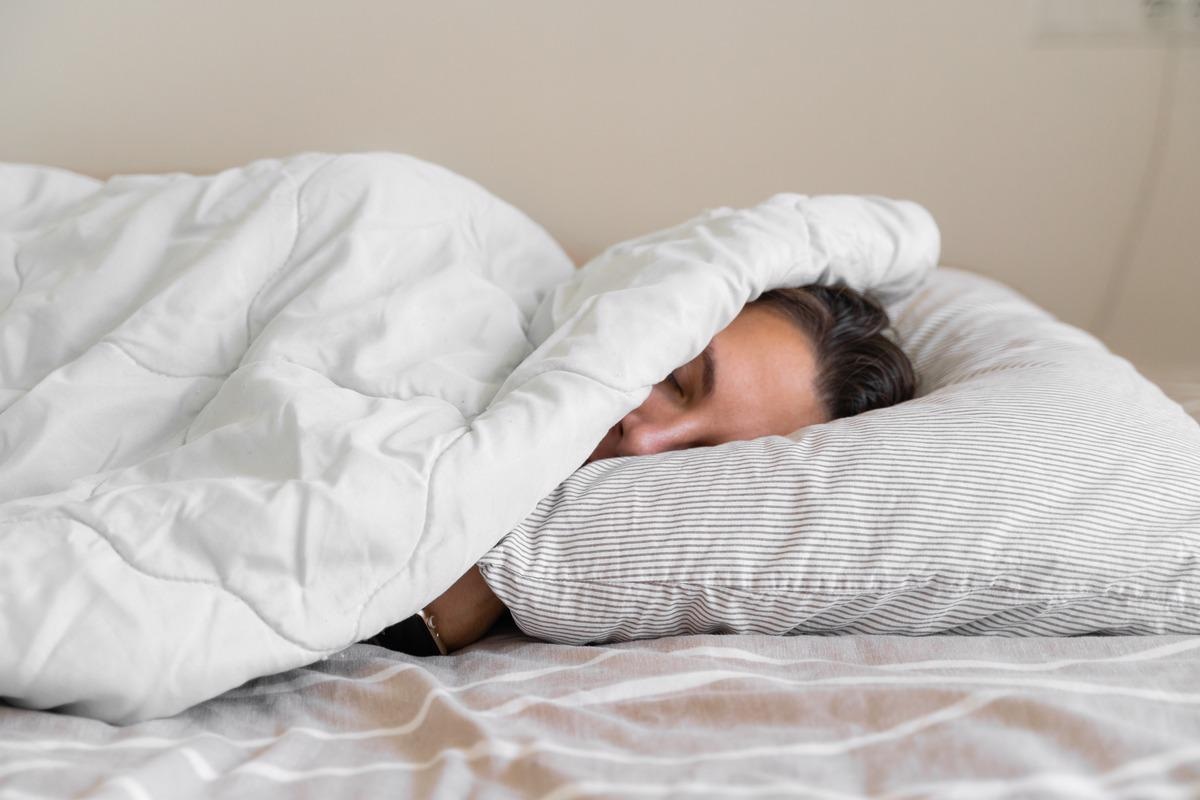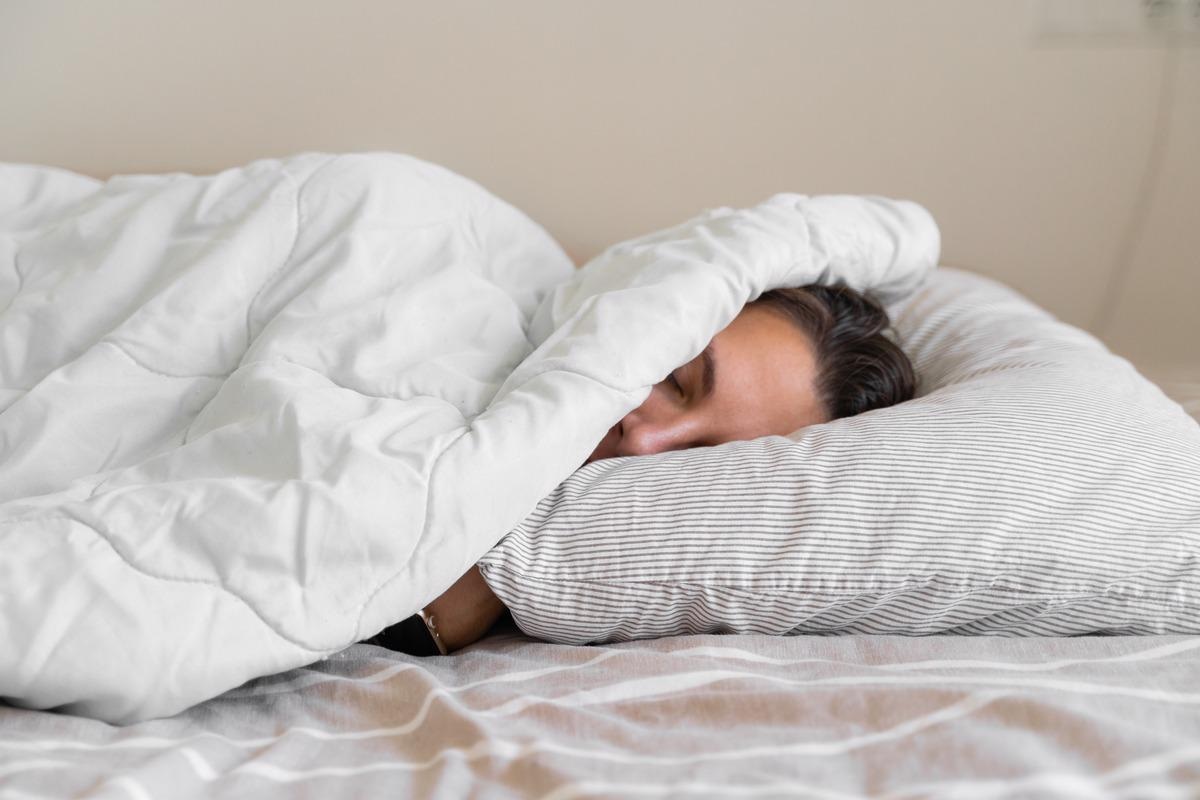An interesting new study links changes in the daily rhythms of the human body with the risk of coronavirus disease 2019 (COVID-19). This finding emphasizes the need to schedule the workday properly so as to reduce the number of such infections.

Introduction
The physiological rhythms of the body, also called circadian rhythms, are crucial to the regulation of the immune and inflammatory responses that are key to preventing and arresting viral infections. However, with the onset of the current pandemic caused by the severe acute respiratory syndrome coronavirus 2 (SARS-CoV-2), a number of life routines have suffered major shocks.
This includes sleep-wake cycles. Such variations could predispose to the risk of SARS-CoV-2 infection, therefore. In fact, earlier research indicates that a third of over 330 human proteins that take part in protein-protein interactions with the viral proteins show daily fluctuations in their expression. Most drug targets of potential significance also oscillate over the course of the day in one or more mammalian organs or tissues.
Disruption of circadian rhythms may occur with age, blindness, shift work, or what is called social jet lag (chronic misalignment of the body clocks with external time) and is associated with weakening of the immune response, predisposing to viral respiratory disease. A prior study linked night-time work to an 85% increase in the risk of COVID-19.
In this new study, published online in the journal Sleep Medicine, the investigators looked at how social jet lag is associated with COVID-19 risk.
What did the study show?
The study included over 1,000 patients, 60% female, with a mean age of 28 years. Of these, 56 patients were positive for the virus, that is, a 5.5% test positivity rate. About a fifth were overweight, and more than one in four had disrupting work schedules. In about a fifth, they worked more than 12 consecutive hours, while about 40% were students and 30% were healthcare workers.
About one in five participants said they had social jet lag, rising at 7 am and sleeping at past 11 pm on workdays, while on free days, they rose at 10 am and slept at 1 am. Conversely, people without jet lag maintained a relatively constant rise and bedtime schedule, rising at about 7 am and 9 am and sleeping at 11:30 and 12 pm on workdays and free days, respectively.
Social jet lag was present in a third of COVID-19 patients but only a fifth of the controls. Thus, the COVID-19 positivity rate was 8.5% in the social jet lag group vs. 4.6% in the control group who had more regular sleep-wake cycles. This was despite the fact that both groups slept for an average of between 7 and 7.5 hours on workdays and 9 hours on free days.
Even after compensating for known risk factors, such as age, sex, body weight, and work schedules, social jet lag was associated with a doubling of the risk for COVID-19. This was not the case with average sleep duration.
What are the implications?
The results of this study show that social jet lag is a common risk factor for COVID-19. This is a marker for Circadian disruption, indicating the role of this variable in weakening the immune response and increasing the risk of infection.
This corroborates the findings of an earlier paper that reported circadian rhythm alterations to be risk factors for immune and other dysregulations. The role of social gatherings outside work hours could explain why individuals who slept later had a higher test positivity rate.
As defined by less than six hours a night on workdays, sleep deprivation was not significant in this sample, accounting for the lack of correlation between sleep duration and COVID-19 risk. In fact, most Western societies now sleep more than before, thanks to the pandemic.
In view of the role of chronic disruptions of the Circadian rhythms, as occurs with regular shift work or people whose work keeps them awake for longer hours, in the risk of COVID-19, the researchers conclude:
Defining the most appropriate schedules for (tele)-working or staying at home to maintain a healthy body and circadian clock [“temporal social interventions”] could help to reduce the risk of infection and rapid transmission and manage the dynamics of the current pandemic and future ones.”
- Coelho, J. et al. (2022) "Circadian misalignment is associated with Covid-19 infection", Sleep Medicine. doi: 10.1016/j.sleep.2022.03.015. https://www.sciencedirect.com/science/article/pii/S1389945722000910
Posted in: Medical Science News | Medical Research News | Disease/Infection News
Tags: Blindness, Chronic, Circadian Rhythm, Coronavirus, Coronavirus Disease COVID-19, covid-19, Healthcare, Immune Response, Jet Lag, Medicine, Pandemic, Protein, Research, Respiratory, Respiratory Disease, SARS, SARS-CoV-2, Severe Acute Respiratory, Severe Acute Respiratory Syndrome, Sleep, students, Syndrome, Virus

Written by
Dr. Liji Thomas
Dr. Liji Thomas is an OB-GYN, who graduated from the Government Medical College, University of Calicut, Kerala, in 2001. Liji practiced as a full-time consultant in obstetrics/gynecology in a private hospital for a few years following her graduation. She has counseled hundreds of patients facing issues from pregnancy-related problems and infertility, and has been in charge of over 2,000 deliveries, striving always to achieve a normal delivery rather than operative.
Source: Read Full Article
